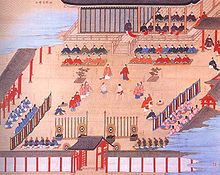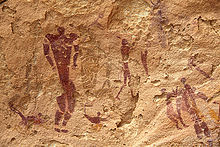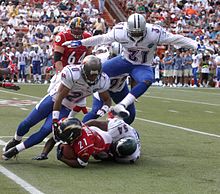
Sports in Japan are a significant part of Japanese culture. Both traditional sports such as sumo and martial arts, and Western imports like baseball, association football, basketball and tennis are popular with both participants and spectators.

A team sport is a type of sport where the fundamental nature of the game or sport necessitates the participation of multiple individuals working together as a team, and it is inherently impossible or highly impractical to execute the sport as a single-player endeavour. In team sports, the cooperative effort of team members is essential for the sport to function and achieve its objectives. The objective often involves teammates facilitating the movement of a ball or similar object in accordance with a set of rules, in order to score points. Examples are basketball, volleyball, rugby, water polo, handball, lacrosse, cricket, baseball, and the various forms of football, and hockey. These sports emphasize teamwork, strategy, and coordination among team members, while competing against opposing teams, to achieve a common goal. Team sports do not include individual or individual-to-team events within a sport.
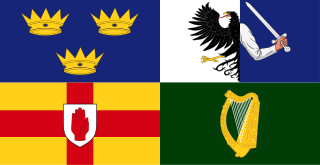
Sport in Ireland plays an important role in Irish society. The many sports played and followed in Ireland include Gaelic games, association football, horse racing, show jumping, greyhound racing, basketball, fishing, handball, motorsport, boxing, tennis, hockey, golf, rowing, cricket, and rugby union.

Sport in the United Kingdom plays an important role in British culture and the United Kingdom has played a significant role in the organisation and spread of sporting culture globally. In the infancy of many organised sports, the Home Nations were heavily involved in setting out the formal rules of many sports and formed among the earliest separate governing bodies, national teams and domestic league competitions. After 1922, some sports formed separate bodies for Northern Ireland, though many continued to be organised on an all-Ireland basis. For this reason, in many though not all sports, most domestic and international sport is carried on a Home Nations basis, and England, Wales, Scotland and Ireland are recognised as national entities.

Sports in Canada consist of a wide variety of games. The roots of organized sports in Canada date back to the 1770s, culminating in the development and popularization of the major professional games of ice hockey, lacrosse, basketball, baseball, soccer, football and cricket. Canada's official national sports are ice hockey and lacrosse. Golf, baseball, tennis, skiing, ringette, badminton, cricket, volleyball, cycling, swimming, bowling, rugby union, canoeing, curling, squash, and the study of martial arts are widely enjoyed at the youth and amateur levels. Great achievements in Canadian sports are recognized by Canada's Sports Hall of Fame, while the Lou Marsh Trophy is awarded annually to Canada's top athlete by a panel of journalists. There are numerous other Sports Halls of Fame in Canada.

Sport is an important part of Australia that dates back to the early colonial period. Australian rules football, rugby league, rugby union, association football, cricket and tennis are among the earliest organised sports in Australia. Sport has shaped the Australian national identity through events such as the Melbourne Cup and the America's Cup. Australia also holds the record for the largest attendance at a Rugby Union match with almost 110,000 spectators watching the Wallabies play the All Blacks in 2000.

Sport plays a central role in Scottish culture. The temperate, oceanic climate has played a key part in the evolution of sport in Scotland, with all-weather sports like association football and golf dominating the national sporting consciousness. However, many other sports are played in the country, with popularity varying between sports and between regions.

Animals in sport are a specific form of working animals. Many animals, at least in more commercial sports, are highly trained. Two of the most common animals in sport are horses and dogs.
Sport in England plays a prominent role in English society. Popular teams sports in England include association football, field hockey, cricket, rugby union, rugby league, and netball. Major individual sports include badminton, athletics, tennis, boxing, golf, cycling, motorsport, and horseracing. Cricket is regarded as the national summer sport. Association football is the most popular sport, followed by Cricket, Tennis and Rugby. A number of modern sports were codified in England during the nineteenth century, among them cricket, rugby union, rugby league, football, field hockey, bandy, squash, tennis, and badminton. The game of baseball was first described in 18th century England.
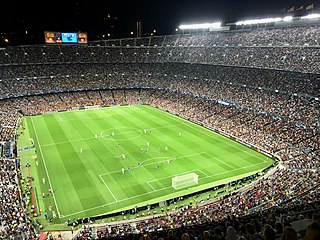
Sport in Europe tends to be highly organized with many sports having professional leagues. The origins of many of the world's most popular sports today lie in the codification of many traditional games, especially in the United Kingdom. However, a paradoxical feature of European sport is the extent to which local, regional and national variations continue to exist, and even in some instances to predominate.

Basketball is the most popular sport overall in Asia. Cricket is the second most popular sport in Asia, and is most popular in South Asia. Other popular sports in Asia include association football, baseball, badminton and table tennis among others. There are also some traditional sports that are popular in certain regions of Asia, such as the South Asian sports kabaddi and kho-kho, and sepak takraw in Southeast Asia. Top sporting nations/regions in Asia include China, Japan, South Korea, Taiwan, India, Iran, Kazakhstan and Uzbekistan.

Sport in Northern Ireland plays an important role in the lives of many Northern Irish people. Most sports are organised on an all-Ireland basis, for example rugby union, Gaelic games, basketball, rugby league, hockey, and cricket, whereas others, like association football and netball are organised on a separate basis for Northern Ireland.
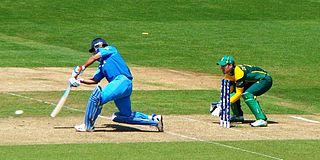
India has a history of sports dating back to the Vedic period. Cricket is the most popular spectator sport; it generates the highest television viewership, with the Indian Premier League (IPL) being the most-followed league in the country. Football has also gained popularity, with the Indian Super League (ISL) being the highest level of domestic football, and the national team winning multiple gold medals at the Asian and South Asian Games. Additional football accomplishments include India having reached the Groupstage of the 1960 Olympics, qualified for the 1950 FIFA World Cup, and won the SAFF Championship. Other sports include kabaddi, badminton, tennis, and athletics, with kho-kho becoming the fourth-most viewed sport. India has also had success in field hockey, winning the World Cup and multiple medals in the Olympic Games. Sports such as golf, rugby, boxing, kickboxing, mixed martial arts, motorsport, wrestling, and basketball are featured throughout the country.

Sport is a form of physical activity or game. Often competitive and organized, sports use, maintain, or improve physical ability and skills. They also provide enjoyment to participants and, in some cases, entertainment to spectators. Many sports exist, with different participant numbers, some are done by a single person with others being done by hundreds. Most sports take place either in teams or competing as individuals. Some sports allow a "tie" or "draw", in which there is no single winner; others provide tie-breaking methods to ensure one winner. A number of contests may be arranged in a tournament format, producing a champion. Many sports leagues make an annual champion by arranging games in a regular sports season, followed in some cases by playoffs.
Sports play an integral part of culture in the Indian state of Maharashtra. Cricket is the most popular spectator sport in the state. Other popular sports include kabaddi and kho kho, which are played in rural areas, and field hockey, badminton, and table tennis, which are more common in urban areas, schools, and colleges. In the state's southern rural regions, annual wrestling championships such as Hind Kesari and Maharashtra Kesari are held. Games like Viti-Dandu and variations of Tag are played among children.

The history of sport in Australia dates back to the pre-colonial period of the country.
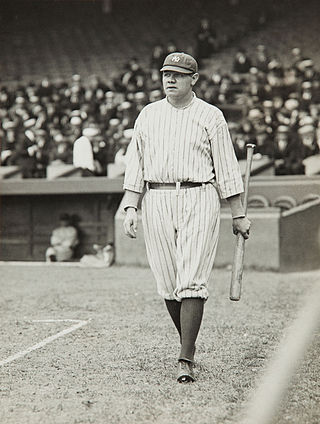
The history of sports in the United States shows that American football, baseball, softball and indoor soccer evolved out of older British sports. However, volleyball, skateboarding, snowboarding and Ultimate are American inventions, some of which have become popular in other countries. American football and baseball diverged greatly from the European sports from which they arose, having evolved into distinctly American sports; baseball has achieved international popularity, particularly in East Asia and Latin America, while American football remains a niche. Sports like Lacrosse and surfing derives from indigenous activities that predate Western and European contact.

This article presents a chronology of sporting development and events from time immemorial until the end of the 10th century CE. The major sporting event of the ancient Greek and Roman periods was the original Olympic Games, which were held every four years at Olympia for over a thousand years. Gladiatorial contests and chariot racing were massively popular. Some modern sports such as archery, athletics, boxing, football, horse racing and wrestling can directly trace their origins back to this period while later sports like cricket and golf trace their evolution from basic activities such as hitting a stone with a stick.

India has several traditional games and sports, some of which have been played for thousands of years. Their popularity has greatly declined in the modern era, with Western sports having overtaken them during the British Raj, and the Indian government now making some efforts to revive them. Many of these games do not require much equipment or playing space. Some of them are only played in certain regions of India, or may be known by different names and played under different rules and regulations in different regions of the country. Many Indian games are also similar to other traditional South Asian games.

Many sports are played in South Asia, with cricket being the most popular of them; 90% of the sport's worldwide fans live in South Asia. Football is followed passionately in some parts of South Asia, such as Kerala and Bengal. Field hockey was popular for several decades, with some of South Asia's greatest sporting accomplishments having taken place in this sport. Some native South Asian games are played professionally in the region, such as kabaddi and kho-kho, and also feature in regional competitions such as the South Asian Games and Asian Games.
